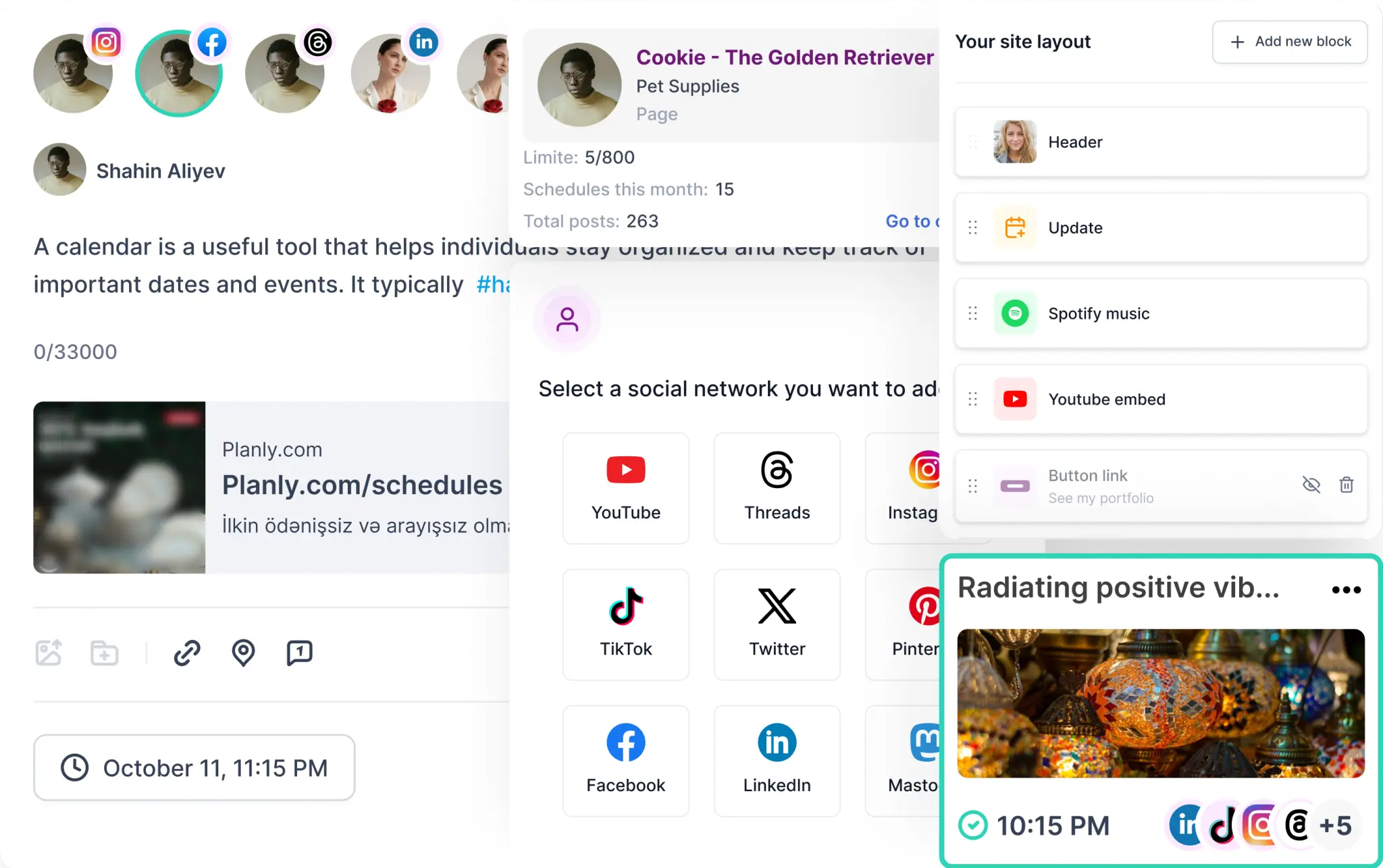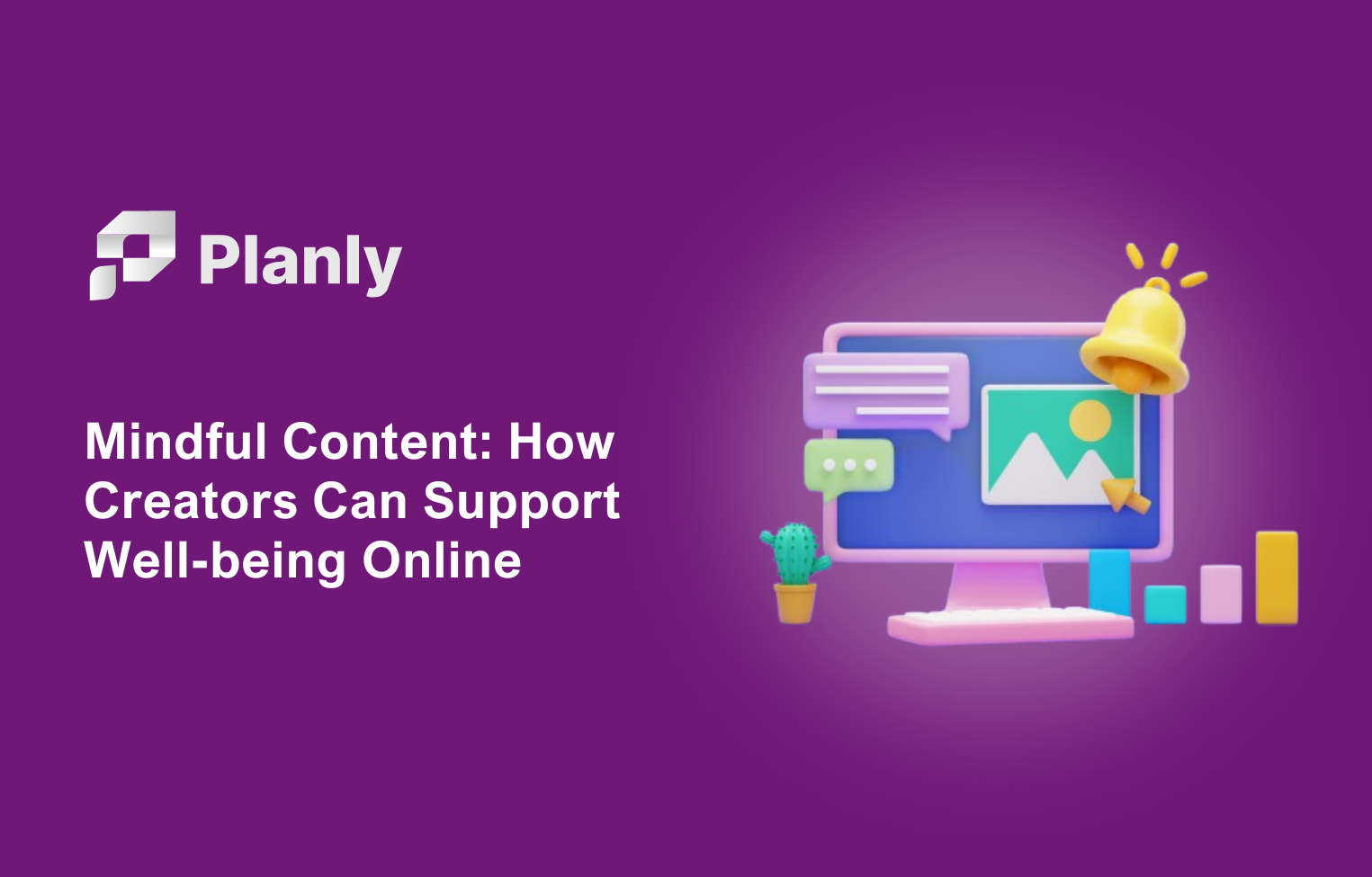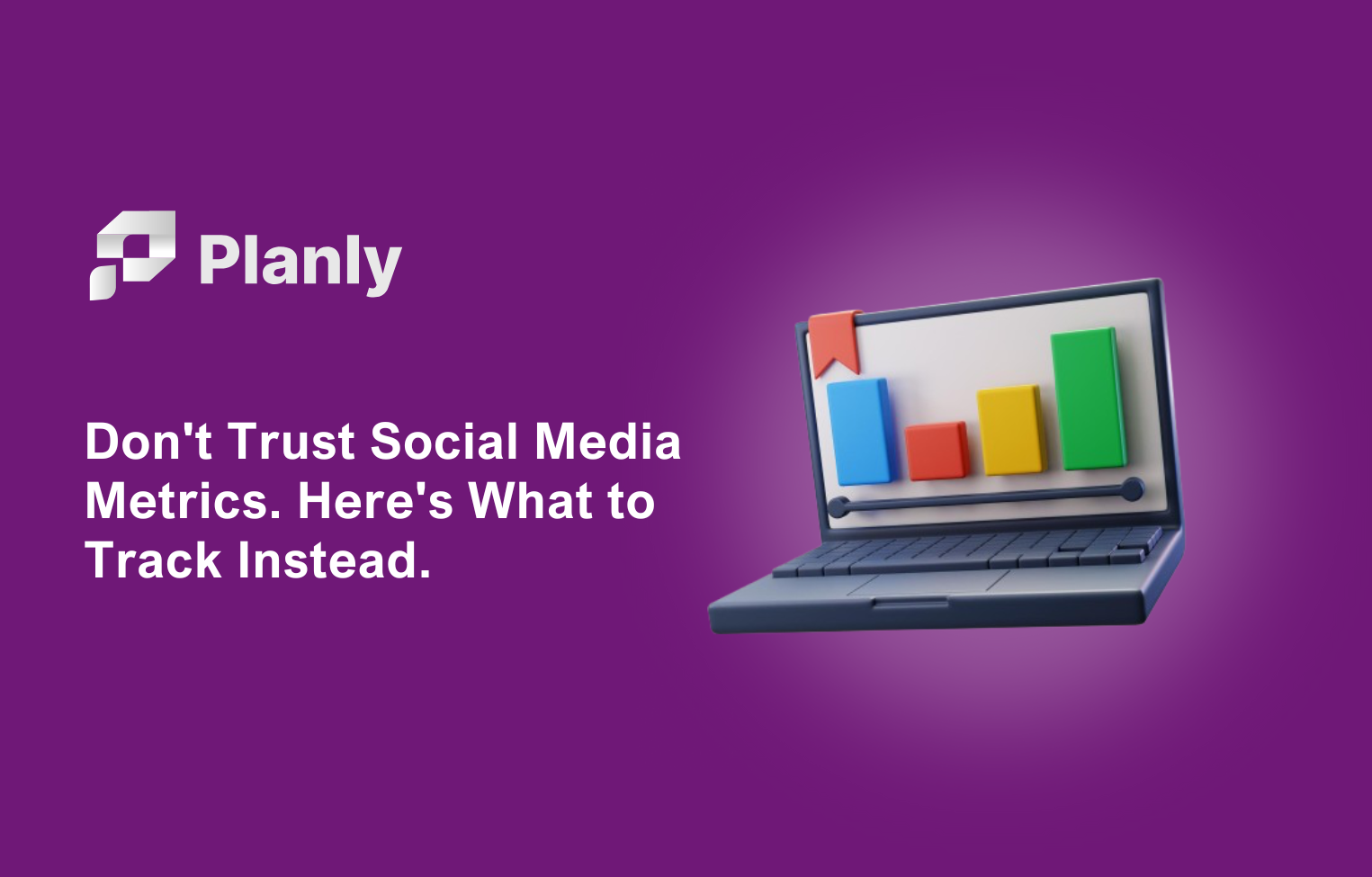You are scrolling through social media and suddenly, you come across a post that has gone viral for all the wrong reasons. It's a PR nightmare, and the company in question is struggling to contain the fallout. The company might be yours, or one of your clients.
What do you do next?
That's what we will learn today in our social media crisis management blog.
But first of all...
What is social media crisis management?
Social media crisis management the process of handling and mitigating negative situations that arise on social media platforms.Incorporating tips for agency growth can help agencies better manage social media crises and strengthen their overall strategy
It doesn't matter if it is a negative customer reviews or a full-blown public relations disaster, social media crises can take many forms. The key is to be prepared and have a plan in place to address these issues swiftly and effectively.
Why is crisis management so important for agencies? Well, for starters, social media is a powerful tool that can make or break a brand's reputation in a matter of minutes. A well-handled crisis can actually enhance your credibility and trustworthiness in the eyes of your audience. On the flip side, mishandling a crisis can lead to lasting damage to your brand's reputation and bottom line.
It's all about being proactive, transparent, and responsive when faced with a crisis on social media. Remember, it's not a matter of if a crisis will happen, but when. Being prepared is key to successfully navigating these challenges.
Importance of Crisis Management for Agencies
As an agency (or an agency employee), you have multiple clients and many more potential ones that follow your work closely. And let me tell you from first hand experience, crises occur more frequently in agency clients.
Ideally, you want to have a perfect SOP written for crisis management. But sometimes you have to get by with what you have.
Here is you step-by-step guide on how to identify social media crises:
Identifying Potential Social Media Crises
Part of being prepared for any crisis is being able to identify potential issues before they escalate. You need to pay attention to social media channels, look for signs, perform audits, and look at what your followers has to say.
1. Monitor Social Media Channels
One of the first steps in identifying potential social media crises is to keep a close eye on your social media channels. This means regularly monitoring comments, messages, and mentions to stay informed about what your audience is saying about your agency.
2. Stay Alert for Warning Signs
Be on the lookout for warning signs that could signal a brewing crisis. This could include a sudden increase in negative comments or reviews, a viral post that paints your agency in a negative light, or a social media influencer calling out your brand.
3. Conduct Regular Social Media Audits
Regularly auditing your social media presence can help you identify any potential issues or vulnerabilities. This involves reviewing your content, engagement metrics, and audience feedback to pinpoint areas that may need improvement or pose a risk. An automated Facebook scheduler can be crucial during a social media crisis, allowing agencies to quickly pause or reschedule posts to address the issue at hand.
Also get an aggregate of your past social media interactions and look for a pattern in sentiment.
4. Listen to Your Audience
Listening to your audience is key to identifying potential social media crises. Pay attention to what your followers are saying, whether it's positive feedback, constructive criticism, or complaints.
Look at your DMs and and specifically Twitter posts (not going to call it X), because most of the backlash starts from it.
So, there you have it - some key strategies for identifying potential social media crises. Next is crafting a response plan, a set of actions that you need to take.
Creating a Crisis Response Plan

So, you've identified a potential social media crisis looming on the horizon. What's next? It's time to roll up your sleeves and create a comprehensive crisis response plan.
This plan is your roadmap to navigate through turbulent times and ensure that your agency comes out unscathed on the other side.
Here are some key steps to keep in mind when crafting your crisis response plan:
- Establish a Crisis Management Team: Identify key players within your agency who will be responsible for managing the crisis. This team should include individuals from different departments, such as PR, marketing, legal, and customer service, to ensure a well-rounded approach to crisis management.
- Define Roles and Responsibilities: Clearly outline the roles and responsibilities of each team member during a crisis. This will help streamline communication and decision-making processes when time is of the essence.
- Develop Communication Protocols: Determine how information will flow within the agency and to external stakeholders, such as clients, partners, and the media. Establish protocols for drafting and approving official statements, as well as guidelines for engaging with the public on social media platforms.
- Create Response Templates: Preparing response templates for various types of crises can save valuable time during a high-pressure situation. These templates should include key messaging points, action steps, and contact information for relevant parties.
- Conduct Training and Drills: Regularly train your crisis management team on the response plan and conduct mock drills to simulate different crisis scenarios. Incorporating team collaboration tips during these exercises will help team members familiarize themselves with their roles and responsibilities, improve communication, and be better prepared for an actual crisis. This collaborative approach ensures that all team members work efficiently together under pressure, enhancing overall preparedness and effectiveness.
But most important of all. BE QUICK. You need to have an answer within the day, hours ideally. As long as you push it, you will get an even bigger backlash because of a corporately crafted response.
So here is your simple guide for your immediate social crisis response:
- Identify the issue - Look at what was the cause, analyze the mistake in the back but gather a quick overview in little time.
- See what caused the issue - Analyze key players, components of the strategy, the ones who are responsible. Create a process for limiting in the back, have a simple and easy to understand responsibility scheme at hand.
- Names - Everyone wants to hear what or who caused the problem, whether it is your IT department, or the new intern (who else is it gonna be, really?) you must have someone responsible. Make sure who makes the apology has authority, a manager or someone senior should make the announcement.
- Apology - State that you know the problem, the cause, the responsible ones and make a promise to not repeat it (and deliver on it).
This is your perfect example of a crisis response: "Sorry, we messed up, we know it was a lack of commitment on our end, our team leader was responsible and we are changing our communication channels to make sure it does not happen again."
Remember, the key to effective crisis management is preparedness.
Now that you have the building blocks for your crisis response plan, it's time to move forward and tackle the next steps in your journey towards mastering social media crisis management.
Implementing Crisis Communication Strategies

Alright, so you've identified a potential social media crisis and you've got your crisis response plan in place. What's next? It's time to roll up your sleeves and start implementing those crisis communication strategies to effectively manage the situation. Here's a guide on how to do just that:
- Be Transparent: When a crisis hits, it's crucial to be transparent and honest with your audience. Avoid hiding information or sugarcoating the situation. Transparency builds trust and credibility.
- Act Quickly: In the age of social media, news travels fast. It's important to act quickly and address the crisis head-on before it escalates. Delaying your response can make the situation worse.
- Stay Calm and Professional: It's easy to get caught up in the chaos of a crisis, but it's important to stay calm and professional in your communication. Keep emotions in check and stick to the facts.
- Tailor Your Message: Different crises require different messaging. Tailor your communication strategy to fit the specific situation at hand. Avoid using a one-size-fits-all approach.
- Use Multiple Channels: Don't limit your crisis communication to just one platform. Utilize multiple channels such as social media, email, and press releases to reach a wider audience and keep them informed.
- Engage with Your Audience: Encourage open dialogue with your audience during a crisis. Respond to comments, messages, and questions in a timely manner. Engaging with your audience shows that you care and are actively working to resolve the issue.
Remember, effective crisis communication is not just about putting out fires. It's about building and maintaining trust with your audience, even in the face of adversity. By implementing these strategies, you can navigate through a social media crisis with grace and professionalism.
Case Studies and Best Practices
Let's delve into some real-life examples of how agencies have successfully navigated social media crises. These case studies can provide valuable insights and inspiration for your own crisis management strategies.
Case Study 1: United Airlines
In 2017, United Airlines faced a major crisis when a video of a passenger being forcibly removed from an overbooked flight went viral on social media. The airline's initial response was met with widespread backlash, leading to a significant drop in stock prices and public trust.
However, United Airlines quickly pivoted and issued a sincere apology, took responsibility for the incident, and implemented new policies to prevent similar situations in the future.
Case Study 2: Wendy's
Wendy's, known for its witty and engaging social media presence, faced a crisis in 2017 when a Twitter user challenged the authenticity of their fresh never-frozen beef claim. Rather than ignoring the criticism, Wendy's responded with a humor and clever comebacks, turning the situation into a viral marketing opportunity.
By leveraging their brand voice and engaging with customers in a personable manner, Wendy's not only diffused the crisis but also strengthened their brand image and garnered positive attention on social media.
Best Practices for Social Media Crisis Management
- Be Proactive: Anticipate potential crises and have a well-defined crisis response plan in place before they escalate.
- Transparency is Key: Communicate openly and honestly with your audience, addressing concerns promptly and authentically.
- Monitor Social Media: Stay vigilant for any signs of a crisis brewing on social media platforms and respond swiftly.
- Empower Your Team: Equip your team with the necessary tools and training to effectively manage crises and respond to customers in a timely manner.
- Learn from Mistakes: After a crisis, conduct a thorough analysis of what went wrong and how it can be prevented in the future.
Well, you now have everything you need and hopefully you will never need to use it ever. But in any case, remember, a crisis can present an opportunity for growth and improvement if handled thoughtfully and strategically.








